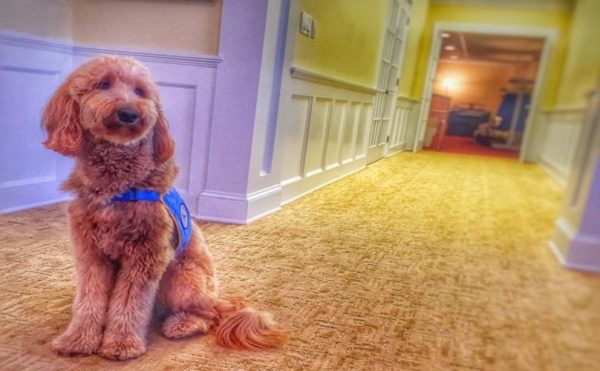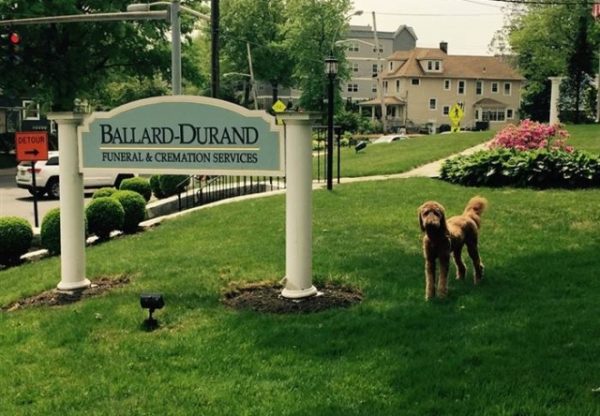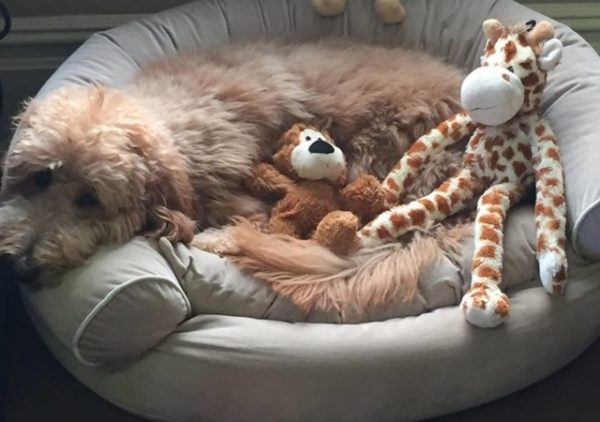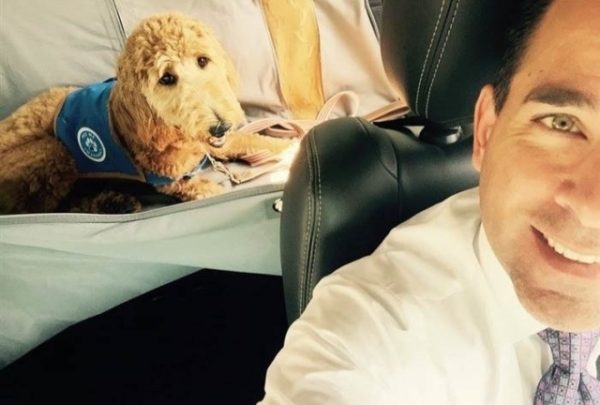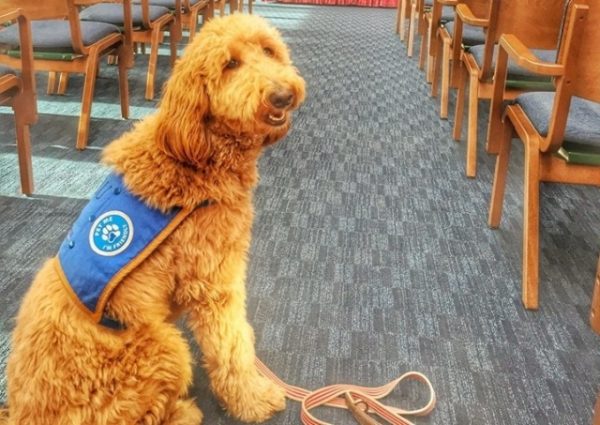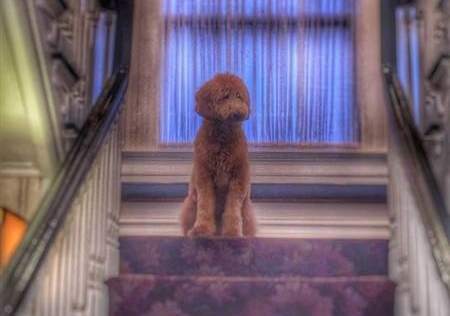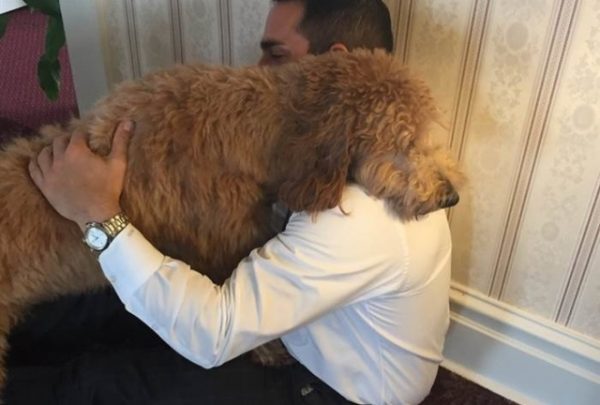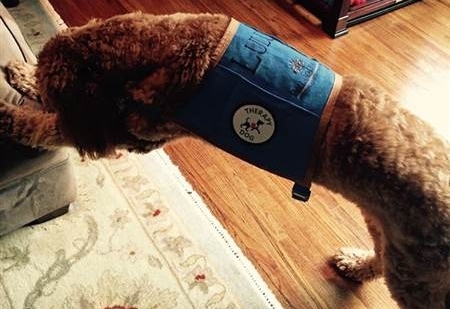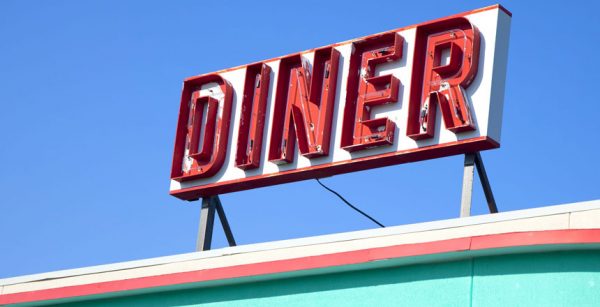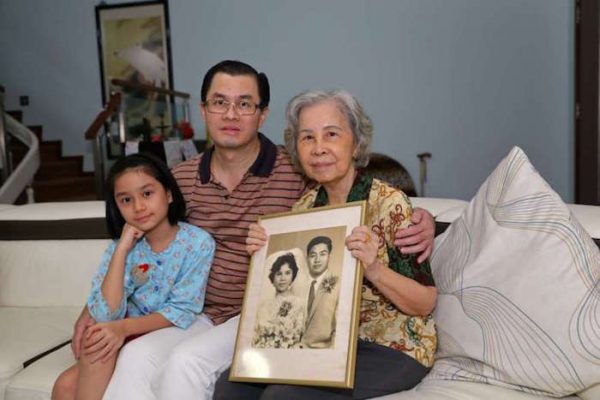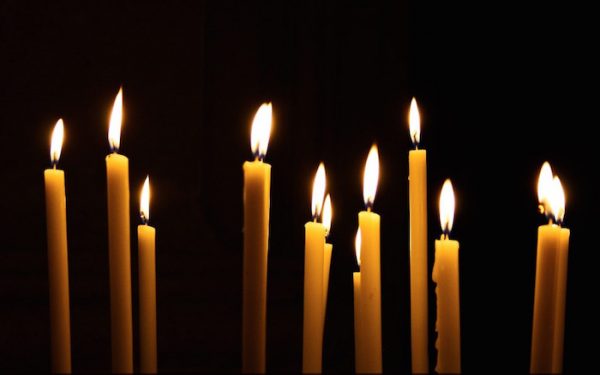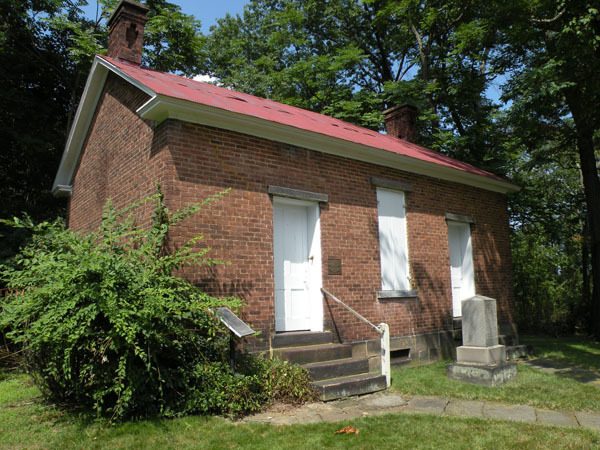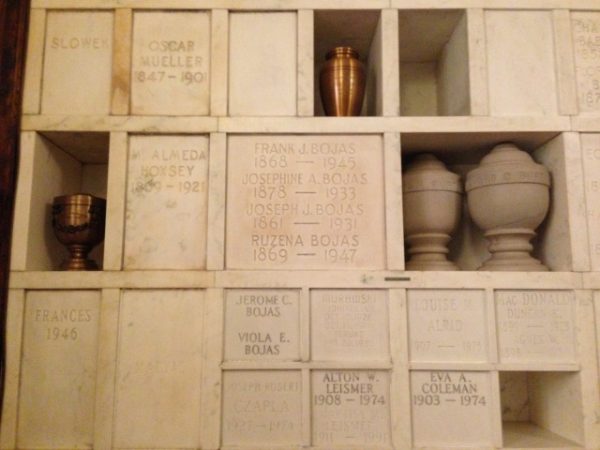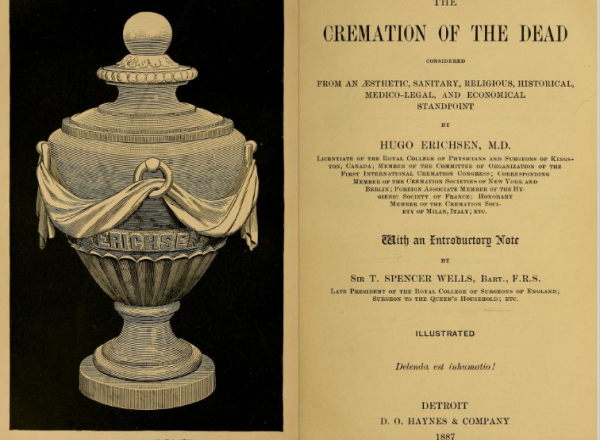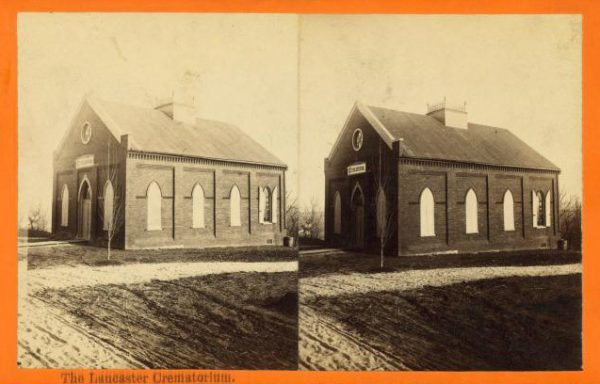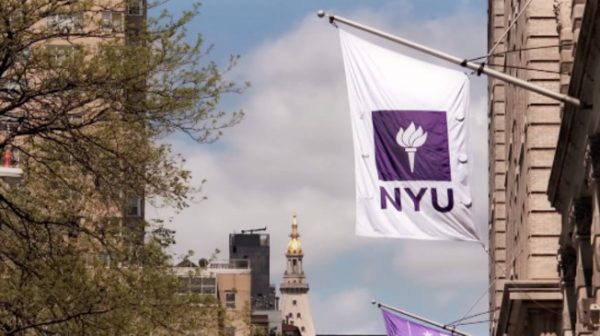by Jesse Rhodes
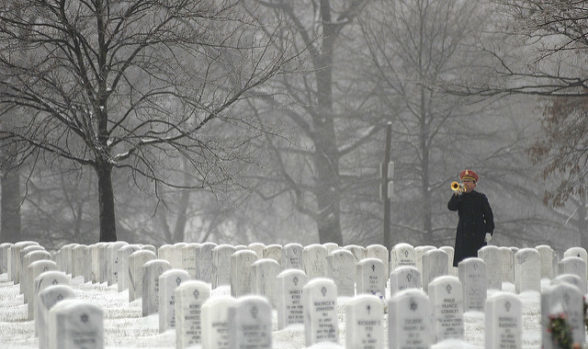
Jesse grew up observing grief. He learned the most about it from his dad, a man who seemed not to express much at all. Here is how.
Lou was walking alone when he died of a heart attack. He was my dad’s brother-in-law, but they seemed more like best friends. My dad was Lou’s best man in his wedding, they’d talk politics, and they played music together. So, when my dad was put in charge of Lou’s funeral, it was no surprise that it became a multi-act musical tribute. Lou’s kids played, neighborhood kids got up, my mom and I performed.
We held in our tears during the funeral, since we had to perform. But then the final act began. It was a recording of Lou on piano and you could hear him breathing. I think it goes without saying that the last thing you expect at a funeral is to hear the dead person breathing. And so mom began to cry. I began to cry. Outside, as the funeral let out, we supported each other, sobbing. My dad remained inside, arguing with the sound crew.
At that point in our lives, my family had been been playing in my dad’s funeral band for several years. This was the fifth funeral my dad had planned. But what started as a genuine attempt to honor the departed had become hard for me to understand. I wondered if somewhere along the way to funeral director, my dad had lost his ability to grieve.
* * *
You could say it all begins with Johnnie. He was my dad’s older cousin and they were close. Johnnie was a charming kid who wore patches from yoyo competitions, did trick-dives off the diving board. When Johnnie would visit for the weekend, my dad looked forward to sharing a room.But there was also a darker side to Johnnie’s life. His mom was the daughter of a military officer and came from an abusive background, a tradition she seems to have passed on. There were rumors that she whipped him with belts and threw him against walls. When he was 1 year old, he had a broken leg, cause unknown.
Once Johnnie turned 18, he took off. No one heard from him for years, though snippets came down the grapevine that he had grown his hair out, discovered heroin. And then just like that, Johnny reentered my dad’s life. “I went out to one of the first fiddler conventions,” my dad told me, “and I got out there kind of early. I saw a guy dumpster-diving for food, and I took a closer look, and it was my cousin Johnnie.”
They spent the day together, talked about Johnnie’s family. My dad offered him a place to live and Johnnie accepted. But before long, alcohol starting disappearing from the house. I was a baby, my dad could be gone for long periods of time, and my mom, who had once dated an alcoholic, felt uneasy about the situation. “He had that, I don’t know how to say it, this jive, the lying, the part that I had been dealing with for so long with somebody who had that kind of addiction.”
My dad asked Johnnie to move out and once again he disappeared. From what we know, the rest of his life was spent doing odd jobs, battling addiction, getting arrested, and studying the Bible with a men’s Christian group. Then, on his 50th birthday, after relapsing, he went to Big Sur and killed himself under the stars. My dad took it hard. He asked Johnnie’s mother if they were going to have a funeral and she refused. She accused Johnnie of taking his own life just to get back at her. So my dad picked some songs, wrote a eulogy, and put on a funeral himself.
“Chat, rap, talk, spinning the yarn, that was Johnnie’s gift wasn’t it?” my dad’s eulogy began.
My mom and I joined my dad up front. We played an old folk song called “Hobo’s Lullaby” (I knew it because my dad would sing it to me before bed). The rest of the funeral went well. People stayed and ate dinner. Dad didn’t cry. He didn’t seem sad. He circulated around the room, calm, cracking jokes. But in the weeks that followed the funeral, he stopped singing “Hobo’s Lullaby.” When I’d ask for it before bed, he’d say, very nicely, “I can’t sing that song.”
I could tell something was going on for dad. I didn’t realize it then, but that song, “Hobo’s Lullaby,” was a brief window into my dad’s sadness. And then, just like that, it shut again.
* * *
A few years after Johnny’s death, my grandmother had a stroke and the process began again. This time the death took many months and my dad was put in charge of caretaking. Day by day, her body and mind broke down. He was by her side when she died. Soon after, we discovered that my grandmother had planned her own funeral. She not only requested specific songs, but specific people, including the family funeral band, to sing them. My dad arranged the performances and pushed us to practice. Then the day of the funeral arrived and to the surprise of everyone but my grandmother, 300 people arrived. We shook with nerves as we played. The audience clapped.
Afterwards, we packed the minivan with equipment and barely made the reception in the backyard of my grandfather’s house. People shook our hands and complimented us.
Once we played her funeral, the expectations were set. We played when my Uncle Tom died. We played when my grandfather died. And a funny thing happened, the more tragedy struck, the better we got. By the time Lou died, we were ready to really put on a show. But that window into my dad’s grief didn’t reopen and I was left wondering, once again, what was going on inside my dad’s head.
* * *
Years passed, we continued to play funerals. But as I got older, moved out of the house and struck out on my own, I began to resent my dad’s demands. I started dating, and I began to wonder why I had difficulty showing emotion. I knew it had something to do with my dad and that angered me. I decided: no more family band. I went on strike. And then a few more years passed, more dating, and I began revisiting the most important deaths and funerals of my childhood. And as I did so, I came to see my dad’s emotions, and mine, in a new light.
When I went to my mom and asked her about my dad, she told me something that happened to her the last time she was on stage. She is a very nervous person and when she’s performing with my dad, she searches the audience for someone she finds reassuring. But this time, during “Amazing Grace,” she did something different.
“I started looking around at different people and I could see that they were very moved. There was part of me that felt I did it right, using my own feelings to portray this song, to sing it, but also recognizing the effect my singing had.”
This got me thinking. Maybe, for my dad, performing is about experiencing grief. Maybe he can feel loss by seeing it in others; a kind of grief by proxy. Could that be it?
The final answer came later.
My girlfriend was driving and I put in a recording of the family band. As the music played, my parents’ voices coming through the tinny speakers, the emotion that swept over me came as a surprise. I felt proud. I watched my girlfriend’s face as the music played, hoping the music would bring tears to her eyes. “Listen to this one,” I said. “You can hear my uncle breathing. This one has my cousin on it.”
As I searched her face for a reaction, I remembered what my dad gets out of these performances. Yes, he feels pain and loss. He feels sadness. But it’s the performance that does that. It’s the performance that allows him to see his own pain through someone else’s eyes. And just like my dad, I was seeking this from my girlfriend’s reaction, this many years later.
And so, if I should lose someone close to me, here’s what you can do. Watch me play, let the music move you, and let me watch the music move you. Come up to me afterwards and let me shrug in modesty, crack a joke. Let me pretend I don’t care. But let me think, secretly: Yes, I’m the son of a funeral planner. Yes, I play in the Family Funeral Band.
Getting to know my dad in a deeper way allowed me to learn something about myself. We are not macho men, but we aren’t liberated men, either. Somehow, we learned to circumvent the emotional limitations of masculinity by performing our grief. It’s a work-around, we know.
It’s the best we can manage, for now.
Complete Article HERE!

